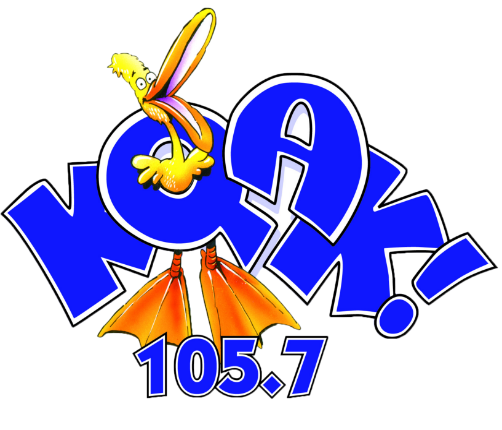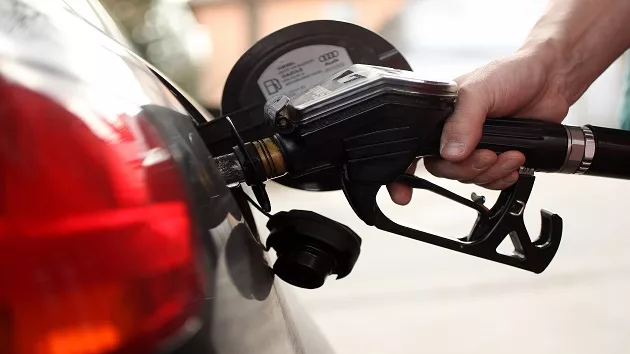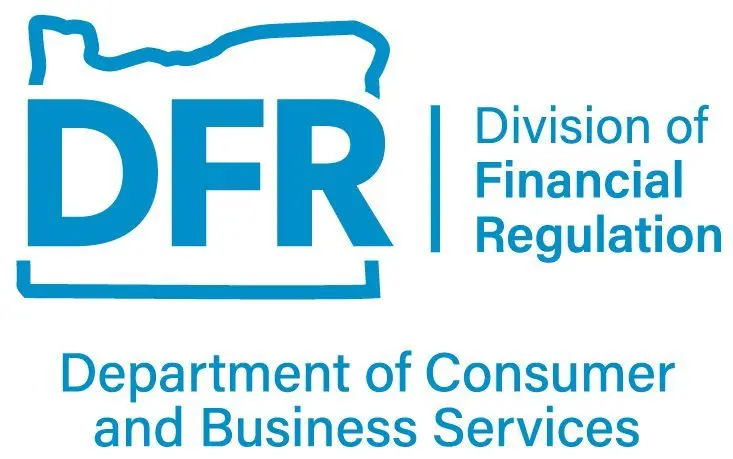It’s a mixed bag for gas prices this week with about half of the states seeing small to moderate increases and the other half with small to moderate declines. Maintenance on the Olympic Pipeline has caused prices to rise in Oregon and Washington; in fact, Washington has the most expensive gas in the nation. For the week, the national average for regular dips a penny to $3.58 a gallon. The Oregon average rises nine cents to $4.56. This is the largest weekly jump in the nation.

Scheduled work on BP’s Olympic pipeline has caused wholesale prices in the Pacific Northwest to climb. The Olympic pipeline runs along a 299-mile route from Blaine, Washington to Portland, Oregon, and transports gas, diesel, and jet fuel from four Puget Sound refineries. Wholesale prices for gasoline in Oregon and Washington are the highest in the country which is why retail prices here are climbing.
“Gasoline supplies are already fairly tight with demand in the U.S. above nine million barrels a day for the fourth week in a row. Factor in the work being done on the Olympic pipeline, and that’s a recipe for rising pump prices in Oregon and Washington,” says Marie Dodds, public affairs director for AAA Oregon/Idaho. “Relatively low crude oil prices in the upper $60s and low $70s are helping to keep pump price hikes from being dramatic this week.”
Crude oil prices remain below $75 per barrel, despite the announcement in early June from the Organization of the Petroleum Exporting Countries and other major oil producers, including Russia, known collectively as OPEC+, that it would extend production cuts of more than 1 million b/d through 2024. OPEC+ first announced the production cuts at its April meeting and said the cuts would be in effect through 2023. OPEC+ pumps about 40% of the world’s crude oil.
Crude oil is trading around $71 today compared to $69 a week ago and $111 a year ago. In May, West Texas Intermediate ranged between about $63 and $77 per barrel. In April, WTI ranged between about $73 and $83. In March, WTI ranged between about $64 and $81 per barrel. In February, WTI ranged between about $73 and $80 per barrel. In January, WTI ranged between about $73 and $82 bbl. Crude reached recent highs of $123.70 on March 8, 2022, shortly after the Russian invasion of Ukraine, and $122.11 per barrel on June 8, 2022. The all-time high for WTI crude oil is $147.27 in July 2008.
Crude oil is the main ingredient in gasoline and diesel, so pump prices are impacted by crude prices on the global markets. On average, about 56% of what we pay for in a gallon of gasoline is for the price of crude oil, 20% is refining, 11% distribution and marketing, and 14% are taxes, according to the U.S. Energy Information Administration.
Demand for gasoline in the U.S. demand decreased slightly from 9.22 to 9.19 million b/d for the week ending June 9. This compares to 9.09 million b/d a year ago. Meanwhile, total domestic gasoline stocks rose by 2.1 million bbl to 220.9 million bbl. Lower gas demand amid increasing supply has helped to limit pump price increases. If demand remains similar, pump prices will likely fluctuate moderately through next week.






